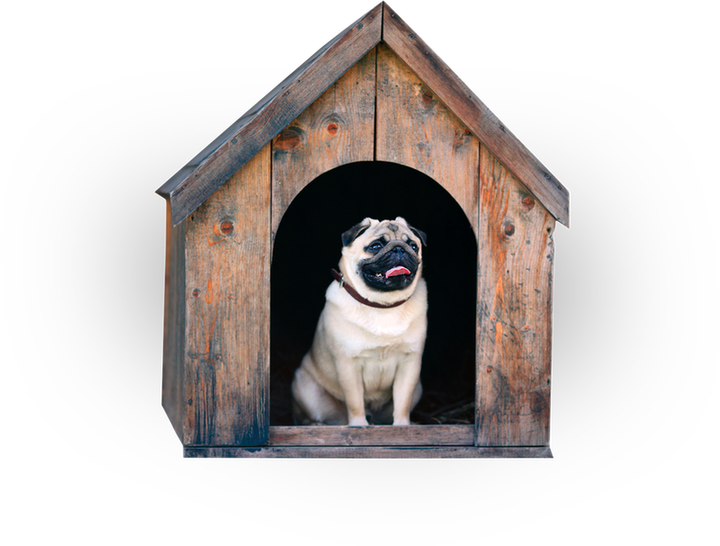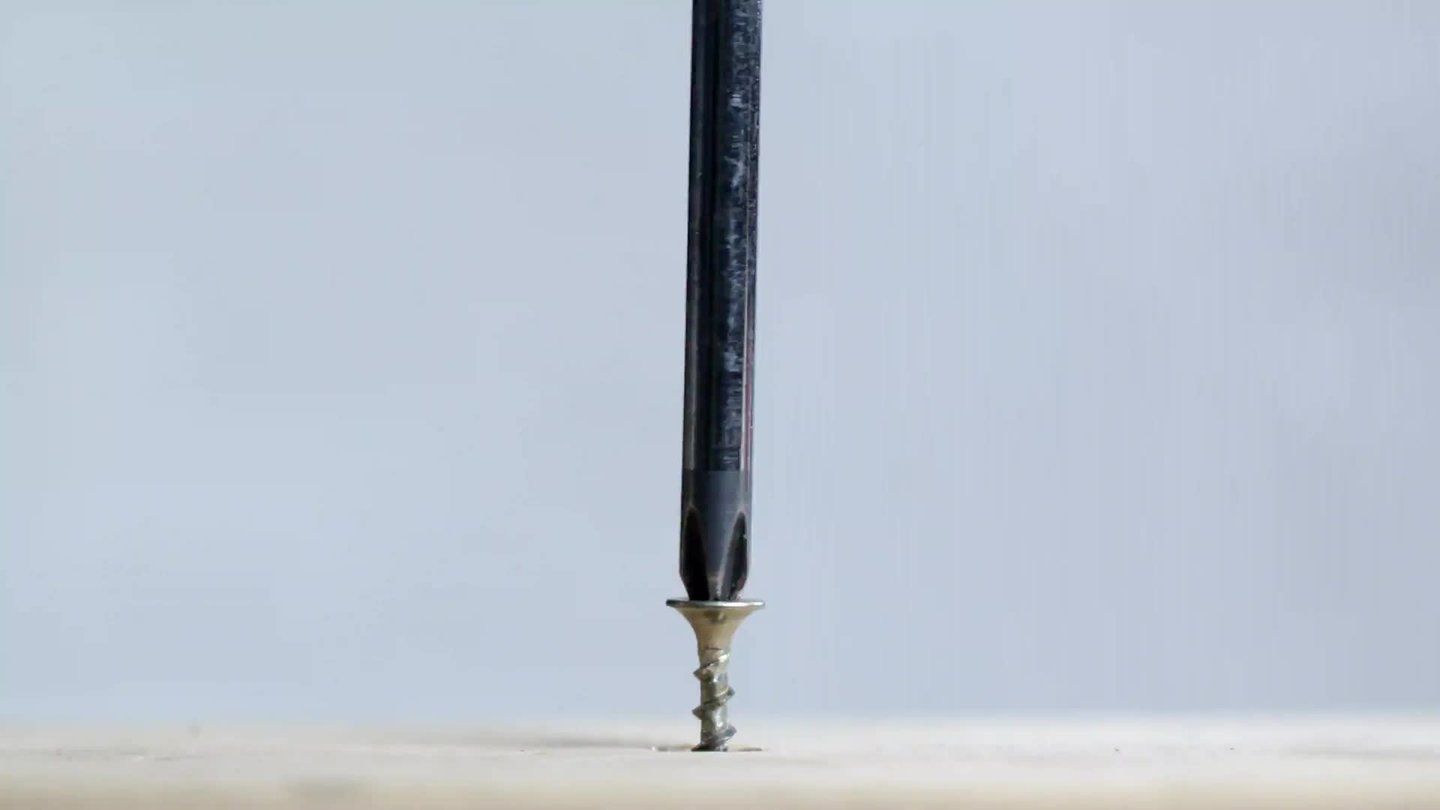Problem
Youandafriendarehelpingtobuildadoghouse.Thewoodenboardsarecut.Theholesaredrilled.Thereisjustonethinglefttodo.Youhavetoconnecttheboardstotheframe.Yougrabascrewdriver,somescrews,andgoto work.
Thefirstturnofthescrewiseasy.Butthenitgetshardertoturn.Youholdthescrewdrivertightly.Youstraintoturnthescrew.Uhhhh! Grrrr!Afterstruggling,thescrewisstillstickingout.YourdogOllietiltshishead.Hemustbewonderingwhat’sgoingon.Youarewondering, too!
Solution
Guesswhat?Yourfriendishavingamucheasiertime.Youaskher.“Whyareyourscrewssoeasytoturn?”Shelooksatyouandsmiles.“IguessI’mjuststrongerthan you.”
“No,really.Our screwdriversarethesamesize.Theholesarethesamesize.Eventhescrewsarethesamesize.Sowhat’sthe difference?”
Thenyounoticeit.“Hey,lookatthis.Thethreadsaredifferent.”Theridges,orthreads,onyourscrewsarefartherapart.Yourfriend’sscrewshavealotmorethreads.Theyarereallyclosetogether.Thatmustbe it!
Youtryoneofthosescrews.Youhavetoturnitalotmoretimes.But,theyare easyturns.Thescrewgoesinfast.“That’smorelikeit!”yousay.“NowIhavetheright tools.”
“Ollieisgoingtolovehisnewhouse,”yourfriend adds.
Woof!Woof!Olliethinksso, too.

It's Simple
Ascrewisasimplemachine.Simplemachineshelpusdojobs.Theyhelpmovethingsfaster,farther,ormoreeasilythanwecanwithout them.
Youprobablydon’tthinkofascrewasamachine.Instead,youmightpictureacarorapowertool.Thesemachineshavelotsof parts.
Simplemachineshaveonlyafewparts.Somearemadeofonlyonepart.Nearlyeverymachineismadeofoneormoresimple machines.
ACloserLook
Ascrewwithfewerthreadswillrequiremoreforcebuttakelesstimeto move.


easiertoturn,takesmore time
hardertoturn,takesless time
threads
Whenyouturnthescrewdriver,thescrewredirectstheforceforwardsoitgoesintothe wood.
TheTurnoftheScrew
Theridges,orthreads,thatwraparoundascrewformaramp.That’swhatmakesascrewdoits job.
Trytwistingascrewintoapieceofwood.Putthetipofascrewdriverintotheslitontopofthescrew.Turnthehandle.Thattakessomeeffort.Thiseffortprovidesthe force thatdrivesthescrewintothe wood.
Eachturndirectstheforceinacircle.Italsotransferstheforcetothescrew.Thescrewmovesinacircle.Thenitchangesdirection.Insteadofgoingarounditgoesstraight forward
Witheachturn,anotherthreadmovesforward.Itcutsintothewood.Frictionbetweenthethreadsandthewoodholdsthescrew tightly.
Howdoyouremoveascrew?Turnitintheoppositedirection.Itwillmovebackwardinsteadof forward.
